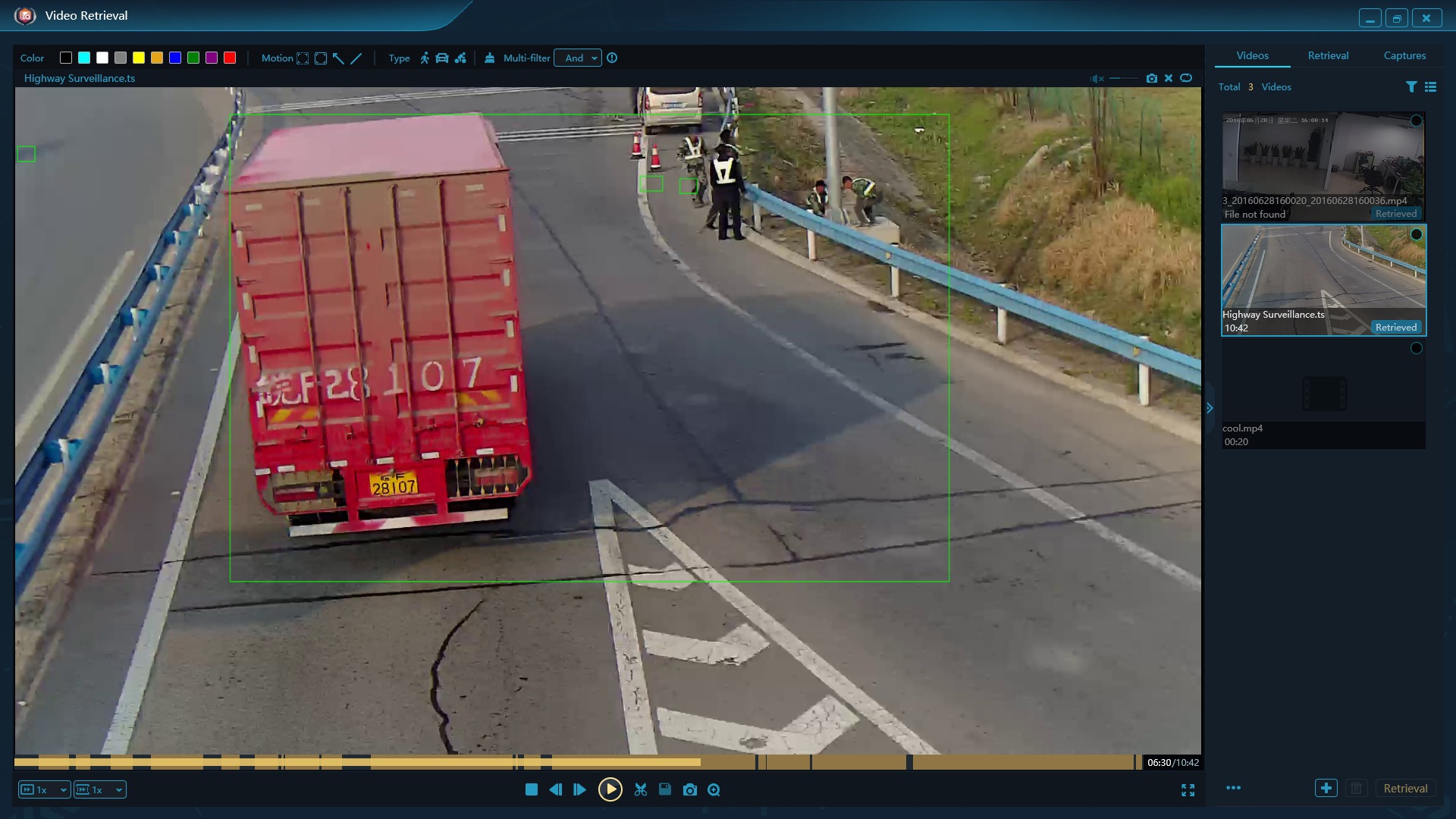Forensic video analysis software plays a crucial role in law enforcement, investigations, and court proceedings. With technological advancements, these software tools have become more sophisticated and powerful, enabling investigators to extract crucial information from video evidence. In this article, we will discuss the 7 essential features of forensic video analysis software that every investigator should be aware of.
1. Video Enhancement Tools
One of the key features of forensic video analysis software is video enhancement tools. These tools allow investigators to improve the quality of video evidence by adjusting brightness, contrast, and sharpness. They can also stabilize shaky footage, remove background noise, and enhance details that are crucial for identifying suspects or objects.
2. Metadata Analysis
Metadata analysis is another essential feature of forensic video analysis software. Metadata provides crucial information about the video file, such as the date and time of recording, camera settings, and location. By analyzing metadata, investigators can verify the authenticity of the video evidence and establish a chain of custody.
3. Object Tracking
Object tracking is a powerful feature that allows investigators to track a specific object or person across multiple frames of a video. This can be particularly useful in surveillance footage or identifying suspect movements. Forensic video analysis software uses advanced algorithms to track objects accurately and efficiently.
4. Facial Recognition
Facial recognition technology has become increasingly important in forensic investigations. Forensic video analysis software often includes facial recognition tools that can identify and match faces from video footage to a database of known individuals. This feature can help investigators identify suspects or victims in video evidence.
5. Audio Analysis
In addition to video analysis, forensic video analysis software also includes audio analysis tools. These tools can enhance audio quality, isolate specific sounds, and even identify voices. Audio analysis can provide valuable information for investigations, such as identifying voices, analyzing background noises, or detecting hidden conversations.
6. Annotation and Documentation
To maintain accuracy and transparency in investigations, forensic video analysis software includes annotation and documentation tools. Investigators can mark specific points in the video, add notes, and document their findings. This feature helps ensure that all details of the analysis are recorded and can be presented in court if needed.
7. Reporting and Exporting
Finally, forensic video analysis software allows users to generate reports and export findings in a variety of formats. Reports can include annotations, analysis results, metadata, and other details. This feature simplifies the process of presenting findings to other investigators, supervisors, or during court proceedings.
Conclusion
In conclusion, forensic video analysis software offers a wide range of essential features that are crucial for investigations and legal proceedings. From video enhancement tools to facial recognition and audio analysis, these software tools provide investigators with the means to extract valuable information from video evidence. By leveraging these features effectively, investigators can enhance their capabilities and improve the efficiency of their work.




